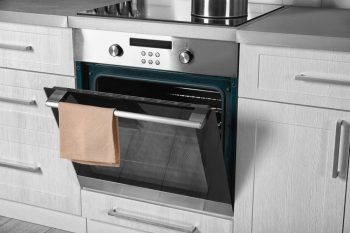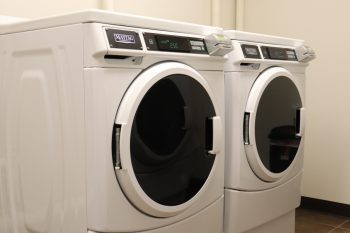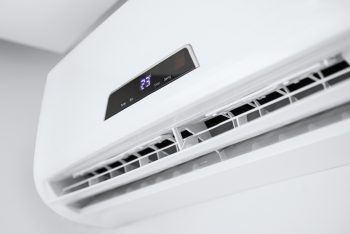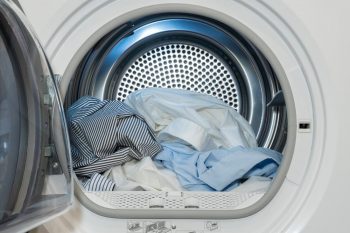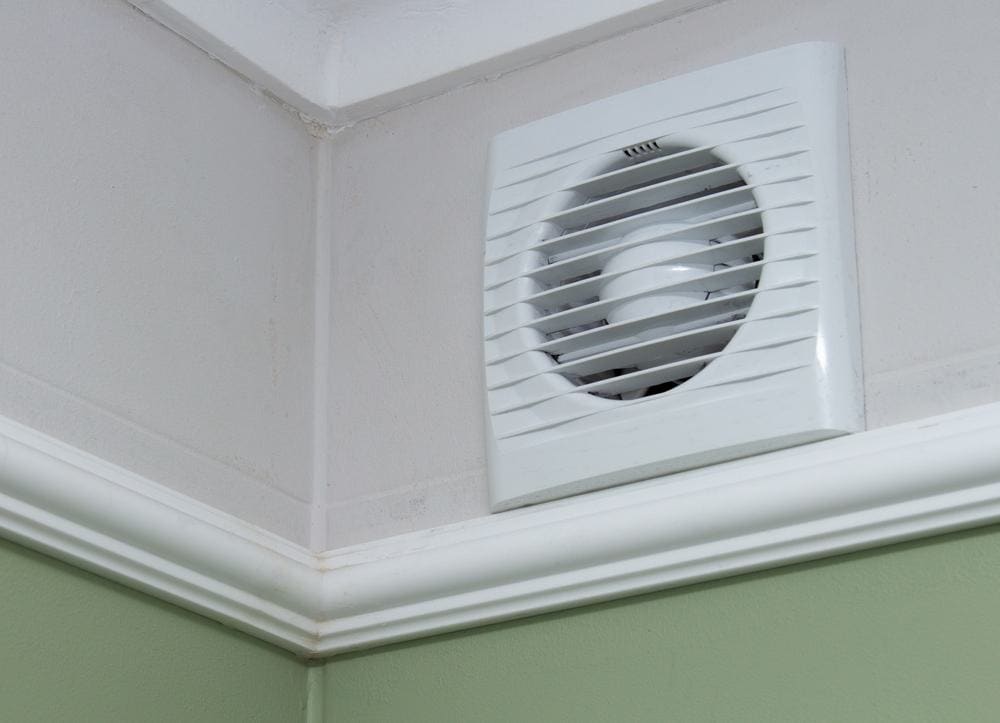
Cleaning your bathroom fan is a crucial but often overlooked task in maintaining your home. Regular cleaning of a bathroom fan can increase its lifespan, improve its efficiency, and even prevent potential hazards such as fire risks due to excessive dust build-up. In this comprehensive guide, we will walk you through the step-by-step process of cleaning a bathroom fan, including the necessary tools, safety precautions, and tips for maintaining your fan to minimize frequent cleaning.
To clean a bathroom fan, first turn off the power and remove the vent cover. Soak the cover in warm soapy water, scrub, rinse, and let it air dry. Use a vacuum with a crevice attachment to remove dust from the fan motor components and housing. Once all components are clean and dry, reassemble the fan and restore power. Regular maintenance can help minimize the need for frequent deep cleaning.
Signs Your Bathroom Fan Needs Cleaning
Before diving into the cleaning process, it’s essential to identify when your bathroom fan needs a good scrub. Here are a few signs to look out for:
- Dust accumulation on the fan cover: If you see a layer of dust on the fan cover, it’s a clear sign that your fan needs cleaning.
- Noisy operation: A fan that’s louder than usual can signal it’s time for maintenance.
- Inadequate airflow: Test the airflow by holding a piece of tissue paper up to the fan while it’s running. If it falls to the ground, your fan may need cleaning.
- Steamy mirrors and glass: A clogged or dirty fan won’t effectively remove steam, leading to foggy mirrors and glass surfaces.
Tools and Materials Needed
To clean a bathroom fan, you will need the following:
- Screwdriver
- Vacuum with hose, crevice attachment, and brush attachment
- Compressed air can (optional)
- Soft-bristle brush or paintbrush
- Microfiber cloth or towel
- Dish soap
- Warm water
- Sturdy step ladder
- Flashlight
- Sink or bucket
- Electrostatic duster (optional)
- Scrub brush
How to Clean a Bathroom Fan: Step-by-Step Guide
Once you have gathered your tools, follow these steps to clean your bathroom fan:
- Turn off the power: Safety first! Ensure the power is turned off at the circuit breaker.
- Remove the vent cover: Carefully remove the cover from the fan. You may need a screwdriver to release any clips or screws holding it in place.
- Clean the vent cover: Soak the cover in a sink of warm soapy water, scrub with a cloth or brush, rinse, and let air dry. If your fan cover has a light, vacuum off the dust and wipe clean with a damp cloth instead of submerging in water.
- Clean the fan and motor: Use a vacuum with a crevice attachment to remove dust from the fan motor components and housing. Switch to a brush attachment for a more thorough cleaning.
- Reassemble the fan: Once all components are clean and dry, reassemble the fan and restore power.
Maintaining Your Bathroom Fan
Regular maintenance of your bathroom fan can help minimize the need for frequent deep cleaning. Here are a few tips:
- Regular cleaning: Clean your fan every six months if the bathroom is frequently used, or at least once a year for less used bathrooms.
- Exterior cleaning: Dust the exterior of the fan monthly to prevent dust build-up on the fan cover.
- Vacuum the housing and motor: Use a vacuum with a dusting brush and crevice tool attachment to clean inside the fan housing and around the motor.
- Check the fan’s operation: Regularly check the fan’s operation. If you notice unusual noises or vibrations, inspect the fan for any issues and address them promptly.
Conclusion
Cleaning your bathroom fan is an easy but essential task to keep your bathroom fresh, dry, and free of mold and mildew. Not only does it improve the efficiency of the fan, but it also extends its lifespan and guarantees a safer, healthier environment in your home. By following these steps, you can ensure your bathroom fan remains in optimal condition for years to come.
Frequently Asked Questions
Can I use a blower instead of a vacuum to clean the fan and motor?
Yes, you can use a blower to remove the dust, but it may spread the dust around your bathroom. Using a vacuum ensures the dust is contained and removed effectively.
What should I do if my bathroom fan is still not working properly after cleaning?
If your bathroom fan is not working properly after cleaning, it may have a mechanical issue that needs to be fixed or replaced. Consult with a professional.
How often should I replace my bathroom fan?
The lifespan of a bathroom fan varies based on usage and maintenance, but generally, they should be replaced every 10 to 15 years.
Is it dangerous to clean the bathroom fan myself?
As long as you turn off the power at the circuit breaker before starting the cleaning process, it is generally safe to clean the bathroom fan yourself. However, if you’re uncomfortable performing the task, it’s always safer to hire a professional.
Can I use any other cleaning solution instead of dish soap?
Yes, you can use any mild detergent or cleaning solution. Avoid using harsh chemicals, as they can damage the fan and its components.



